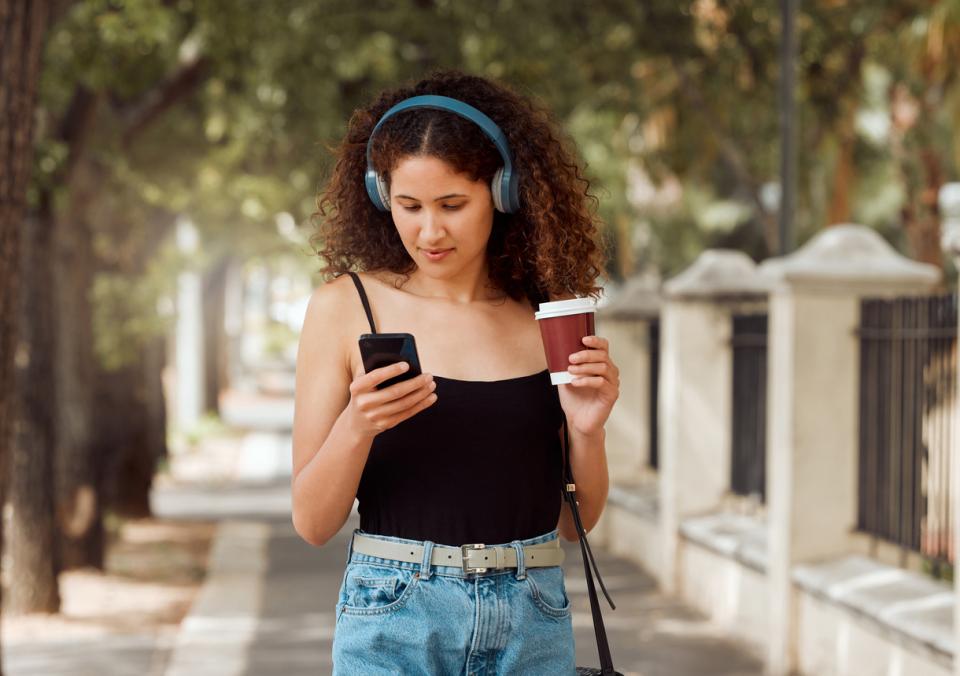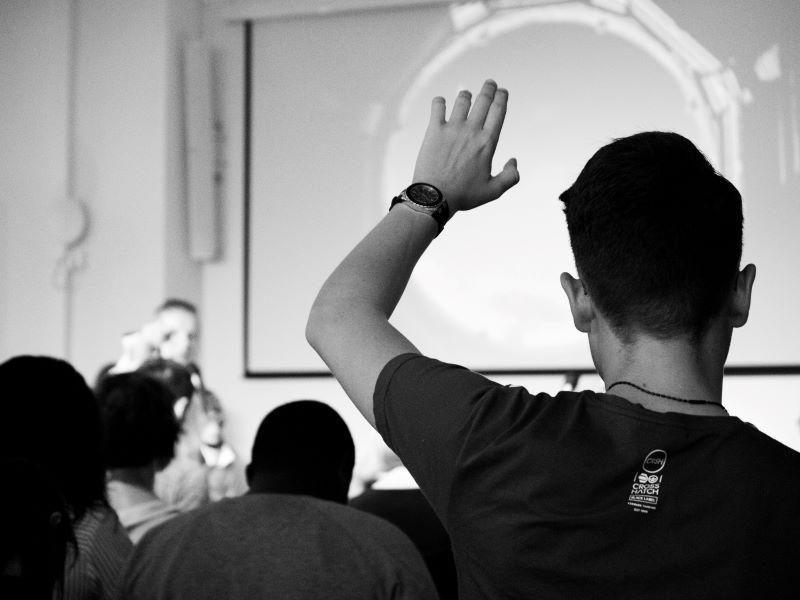For more than a century, universities have rarely broken with the notion in learning programme design that the time in which and when learning takes place is fixed, but learning outcomes achieved vary.
Now, while many institutions have started to invest in student persona and corresponding student-journey maps, the related outcomes are used largely for administration and marketing rather than learning purposes. Personalised learning can be provided in various forms including customised content, progression, pedagogy, delivery and learning support. Unfortunately, by and large, it remains aspirational and lacks scale; and pedagogically successful and commercially viable models are in their infancy. This may soon change, as technologies are about to make personalised learning at scale feasible.
Three paths to personalisation
Selection, or the P(upil)-route as educationalist Dan Buckley calls it, means personalisation driven by the learner. This is the fastest-moving form of personalised learning. Not only do students benefit from true omnichannel education – choosing between face to face and online – they also independently navigate the internet’s resources and online databases in search of the knowledge that will help them to achieve their learning targets.
As a result, many students visit a campus only at assessment time. This is the area of personalised learning where universities need to move from a model based on production of content to be taught to orchestration of globally available sources – a move that goes to the core of a university’s operating model, if not its raison d’être.
- Personalised learning in higher education: laying the foundations
- How to use online tools to offer more personalised teaching
- How AI and chatbots can deliver personalised career planning
Dedication, or the T(eacher)-route, is the path that is common in many industries. We have a financial adviser, a fitness coach or a GP who knows us well. However, the same is not the case in education if we look beyond tutoring services. Universities that are committed to personalised learning are encouraged to offer learning coaches internally or, often more feasible, via third-party providers. Such coaches do not just offer additional help to struggling students but help optimise the personal return on learning investment. They advise on how to select and best approach a subject, assess and recommend learning sources and, most importantly, teach students how to successfully learn and unlearn according to their specific context (such as international student, parent or first-generation student).
Automation, or the A-route, is the new enabler of personalised learning. As with personalised medicine, finance or entertainment, education is starting to use digital technologies to unlock new models of tailored engagement. While for most universities, AI-driven, personalised education is not an option as the required capabilities are missing and significant investments would be necessary, there is a range of alternative forms of automated personalised learning. For this, we look to providers outside the sector for inspiration.
Spotify model of personalised learning
Spotify, the successful music-streaming service, is a benchmark for personalisation, and the similarities between entertainment and educational content make it a good point of reference for personalised learning. Here are Spotify-inspired ideas that universities ambitious enough to provide personalised learning could explore.
- Use an app. It sounds obvious but it makes a remarkable difference. Personalised entertainment comes with an advanced app based on contemporary user-experience principles. Recognising that personalised learning will largely occur outside the classroom, or even over Zoom or similar interfaces, means an app-first approach is required to facilitate learning at personally preferred places, often while on the move rather than at a desk.
- Curate the content. The tremendous amount of music content available requires micro-orchestration in the form of playlists, curated by staff, algorithms or users. What if comparable “learn lists” were available? These could be mood or context based (Sunday afternoon) or topic based (retail case studies or content in French, for example). They could be comprehensive, niche or highly contemporary user-generated lists, created at speeds that would not be feasible by a university.
- User ratings tools. Customers, in this case students, expressing micro-preferences through “like” and ratings functions. It is a small step for platforms such as Spotify, but a big step for universities. Preference-based personalised learning can tailor content to individual styles and habits of learning; for example, conceptual versus case-based learning. This would allow other learners to follow the habits of those they personally trust or cohorts they identify with.
- Community spaces and functions. Like Spotify’s family accounts, shared spaces for learners who study as a community would facilitate social learning including the sharing and merging of learn lists.
- Enable following. Spotify enables us to follow preferred artists. Not surprisingly, students also have favourite lecturers. Thus, personalised learning from preferred instructors would be another way universities could replicate Spotify’s practices in their world of “streaming personalised education”.
Personalised learning is a long-held ambition that is becoming feasible and viable at scale. A few institutions such as Southern New Hampshire and Western Governors universities have moved towards competency-based education with pedagogical approaches based on achieving required learning outcomes at times and over a duration to suit the learner, rather than requiring all learners to engage at times and over a duration to suit the learning provider. However, widespread examples of more substantial personalisation are uncommon. Thus, principles and techniques for personalisation need to be sourced from those sectors that have advanced customised service provision. The Spotify example shows how steps can be taken towards personalised learning and experiences that could offer a competitive advantage in attracting a generation that is used to, and proactively seeks personalisation, in all facets of their life.
Michael Rosemann is director of the Centre for Future Enterprise and a professor for information systems at the business school at the Queensland University of Technology; Martin Betts is a higher education consultant and founder of HEDx. This advice is drawn from their latest book, The New Learning Economy (Routledge, 2023).
If you found this interesting and want advice and insight from academics and university staff delivered direct to your inbox each week, sign up for the THE Campus newsletter.




comment